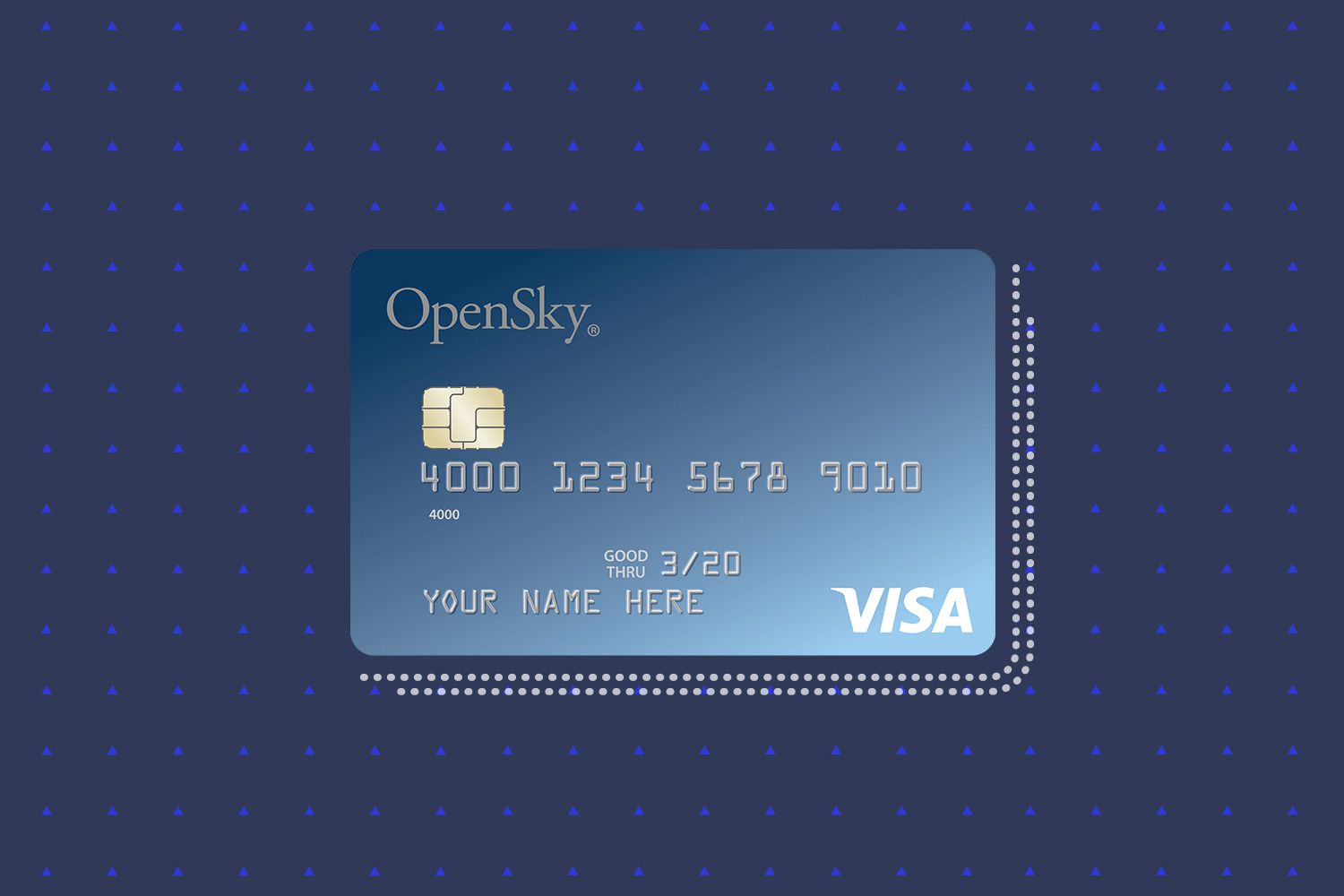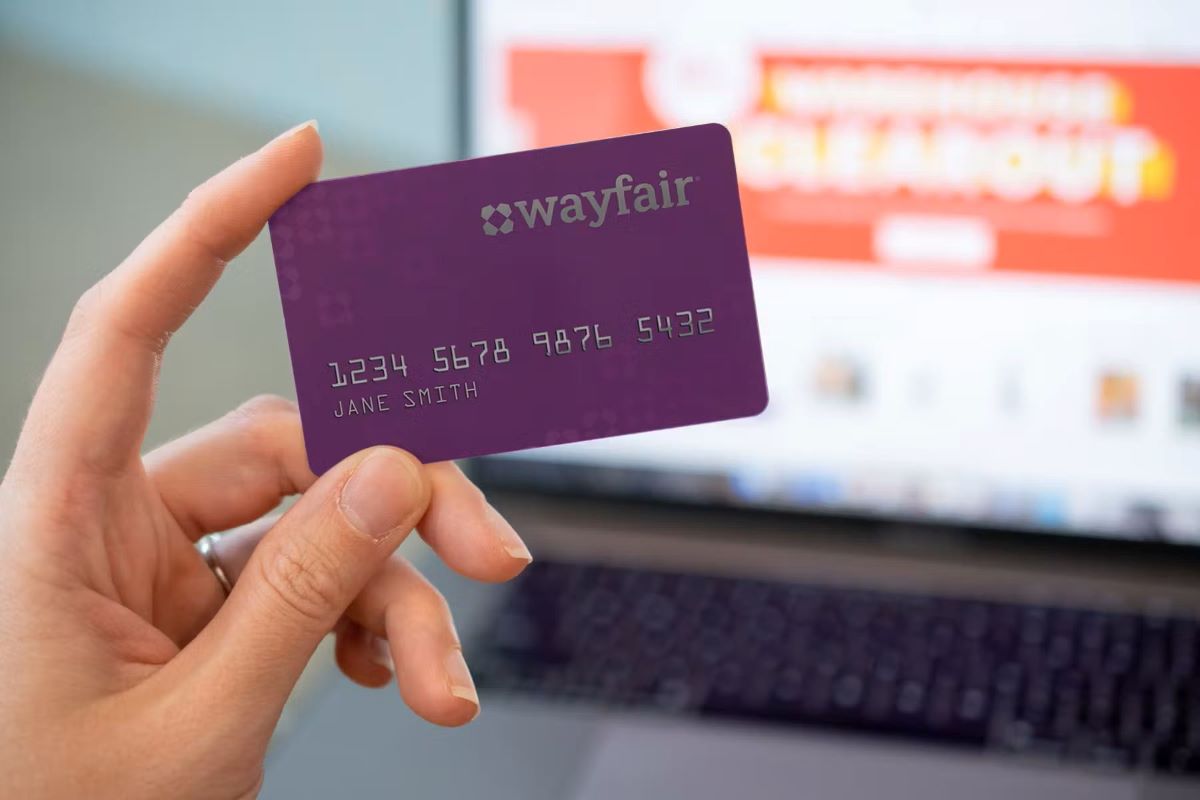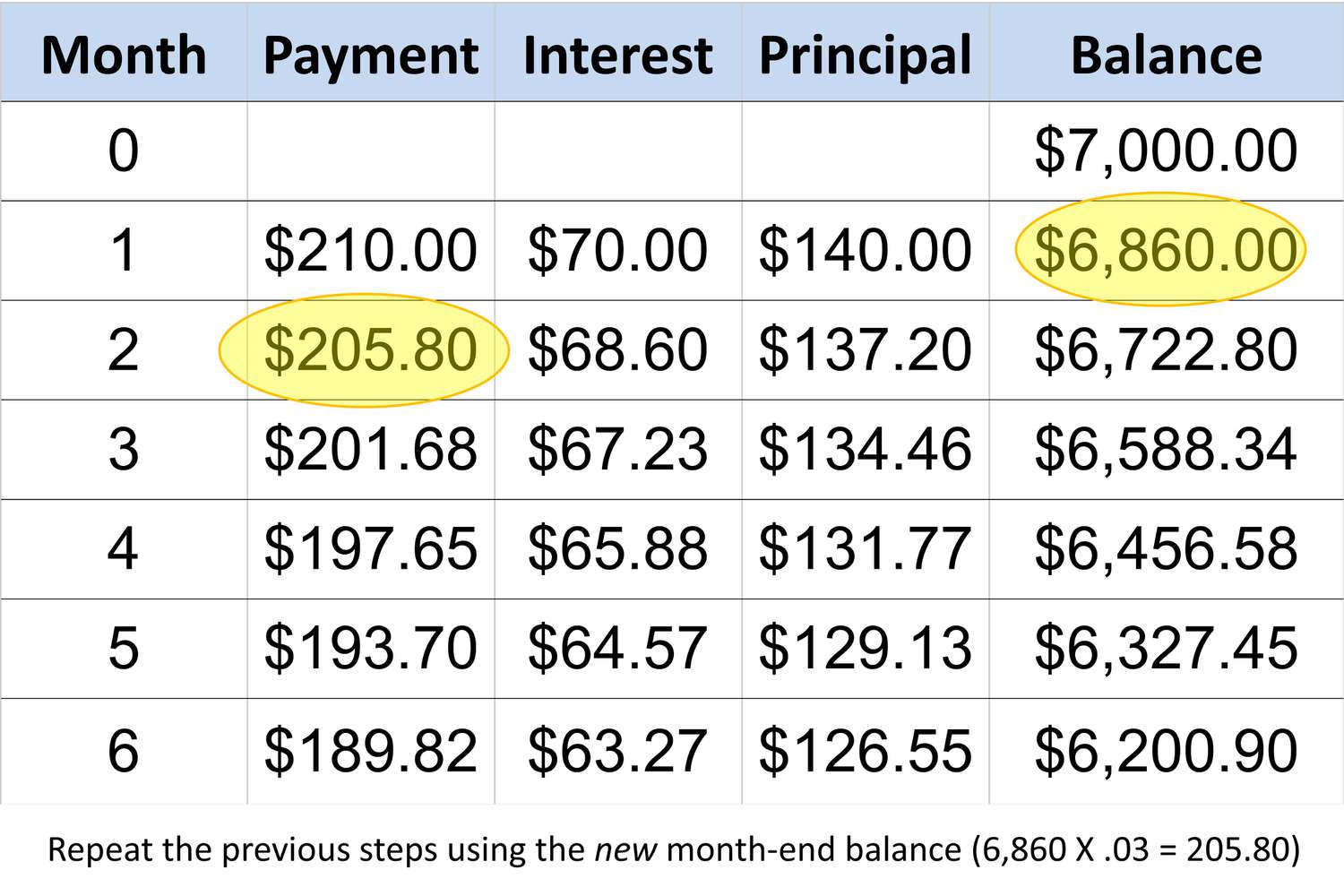Home>Finance>What Is The Minimum Payment Percentage For OpenSky Credit Card


Finance
What Is The Minimum Payment Percentage For OpenSky Credit Card
Published: February 26, 2024
Learn about the minimum payment percentage for the OpenSky Credit Card and manage your finances wisely. Understand the importance of meeting the minimum payment to avoid additional fees and interest charges.
(Many of the links in this article redirect to a specific reviewed product. Your purchase of these products through affiliate links helps to generate commission for LiveWell, at no extra cost. Learn more)
Table of Contents
Introduction
Understanding the concept of the minimum payment percentage for credit cards is essential for responsible financial management. When individuals utilize credit cards for purchases or to cover unexpected expenses, they enter into a financial agreement with the issuing institution. As part of this agreement, the cardholder must make regular payments to reduce the outstanding balance. The minimum payment percentage represents the smallest amount that the cardholder must pay each month to keep the account in good standing.
This article aims to demystify the minimum payment percentage, particularly in the context of the OpenSky Credit Card. By delving into the significance of this factor, exploring the specific minimum payment percentage associated with the OpenSky Credit Card, and offering practical tips for managing minimum payments, readers will gain a comprehensive understanding of this critical aspect of credit card usage. Additionally, we will examine the factors that influence the minimum payment percentage, empowering individuals to make informed decisions about their financial obligations.
Understanding the minimum payment percentage and its implications is crucial for maintaining a healthy financial profile. Whether you are a seasoned credit card user or a newcomer to the world of credit, this article will provide valuable insights and actionable advice to help you navigate the realm of minimum payments with confidence and prudence.
Understanding Minimum Payment Percentage
The minimum payment percentage, often expressed as a small fraction of the total outstanding balance, represents the minimum amount that a cardholder must repay each billing cycle to avoid late fees and maintain a positive credit standing. This percentage is determined by the credit card issuer and is outlined in the cardholder agreement. It is important to note that while making only the minimum payment can keep the account in good standing, it may lead to long-term debt and substantial interest payments due to the accrual of interest on the remaining balance.
For example, if a credit card statement shows a balance of $1,000 and specifies a minimum payment percentage of 3%, the cardholder would be required to pay a minimum of $30 to meet the monthly obligation. However, it is advisable for individuals to pay more than the minimum whenever possible to reduce the overall interest charges and expedite the repayment of the outstanding balance.
Understanding the minimum payment percentage is crucial for maintaining financial discipline and avoiding unnecessary debt accumulation. By comprehending the implications of this factor, cardholders can make informed decisions about their repayment strategy and strive to minimize the long-term financial burden associated with credit card usage.
Importance of Minimum Payment Percentage
The minimum payment percentage plays a significant role in the financial well-being of credit card users. It serves as a safeguard against late payment penalties and helps individuals maintain a positive credit history. By ensuring that at least the minimum payment is made each month, cardholders avoid incurring late fees, which can escalate the cost of carrying a credit card balance. Additionally, consistent adherence to the minimum payment requirement contributes to a favorable credit score, reflecting responsible financial behavior to potential lenders and creditors.
While meeting the minimum payment is crucial for avoiding immediate repercussions, such as late fees and credit score damage, it is equally important for cardholders to recognize the long-term implications of making only the minimum payment. By paying only the minimum, individuals may find themselves trapped in a cycle of debt, as the remaining balance continues to accrue interest, prolonging the repayment period and increasing the overall cost of the borrowed funds.
Understanding the importance of the minimum payment percentage empowers individuals to make informed decisions about their credit card usage. By recognizing the balance between meeting the minimum requirement to stay in good standing and striving to pay more to reduce interest charges and expedite debt repayment, cardholders can navigate their financial obligations effectively and work towards achieving greater financial freedom.
OpenSky Credit Card Minimum Payment Percentage
The OpenSky Credit Card, designed to help individuals build or rebuild their credit, specifies a minimum payment percentage that cardholders are required to meet each billing cycle. While the exact percentage may vary based on the cardholder’s outstanding balance and the terms of the card agreement, it typically aligns with industry standards. Cardholders can find the specific minimum payment percentage outlined in their credit card agreement or by accessing their account information online or through customer service.
It is essential for OpenSky Credit Card holders to familiarize themselves with the minimum payment percentage associated with their account to ensure timely and adequate payments. By understanding this requirement, cardholders can effectively manage their financial responsibilities and avoid potential penalties or negative impacts on their credit standing.
Furthermore, the OpenSky Credit Card provides a platform for individuals to demonstrate responsible credit usage, and meeting or exceeding the minimum payment percentage is a fundamental aspect of this endeavor. By fulfilling their minimum payment obligations, cardholders can establish a positive payment history, which is a key factor in building and enhancing their credit profile.
For individuals utilizing the OpenSky Credit Card as a tool for credit building or rebuilding, staying informed about the minimum payment percentage and consistently meeting this requirement contributes to the overall goal of strengthening their financial foundation and working towards improved creditworthiness.
Factors Affecting Minimum Payment Percentage
The minimum payment percentage for a credit card is influenced by various factors, each of which can impact the cardholder’s financial obligations and repayment strategy. Understanding these factors is crucial for individuals seeking to manage their credit card payments effectively and make informed decisions about their financial commitments.
- Outstanding Balance: The minimum payment percentage is often calculated based on the cardholder’s outstanding balance. As the balance fluctuates from month to month due to new purchases, interest accrual, and payments, the minimum payment percentage adjusts accordingly.
- Interest Rate: Credit card interest rates directly affect the minimum payment percentage. Higher interest rates result in larger portions of the minimum payment going towards interest, potentially extending the time required to pay off the balance.
- Credit Card Terms: The specific terms and conditions outlined in the credit card agreement, including any promotional rates or special offers, can impact the minimum payment percentage. Cardholders should review their agreement to understand how these terms influence their payment requirements.
- Payment History: A cardholder’s payment history, including any missed or late payments, can influence the minimum payment percentage. Lenders may adjust the minimum payment percentage based on the cardholder’s demonstrated repayment behavior.
- Credit Score: The cardholder’s credit score, which reflects their creditworthiness, can indirectly impact the minimum payment percentage. Individuals with lower credit scores may face higher minimum payment percentages or less favorable terms.
By considering these factors, cardholders can gain insight into the dynamics that shape their minimum payment requirements. Additionally, staying informed about these influences empowers individuals to proactively manage their credit card usage, make strategic financial decisions, and work towards achieving greater stability and control over their financial obligations.
Tips for Managing Minimum Payments
Effectively managing minimum payments on credit cards is essential for maintaining financial stability and working towards a healthy credit profile. By implementing the following tips, individuals can navigate their minimum payment obligations with confidence and strategic foresight:
- Pay More Than the Minimum: Whenever possible, strive to pay more than the minimum required amount. By doing so, you can reduce the overall interest charges and expedite the repayment of the outstanding balance, ultimately saving money and shortening the time to debt freedom.
- Create a Payment Schedule: Establish a consistent payment schedule to ensure that minimum payments are made on time each month. Utilize reminders or automatic payments to avoid missed deadlines and potential late fees.
- Monitor Interest Charges: Stay mindful of the interest being accrued on the remaining balance. Understanding how interest impacts the overall cost of carrying a credit card balance can motivate individuals to prioritize paying more than the minimum whenever feasible.
- Review Credit Card Statements: Regularly review credit card statements to track changes in the minimum payment percentage and understand how fluctuations in the outstanding balance and interest rates impact the repayment requirements.
- Seek Financial Guidance: If facing challenges in meeting minimum payments or managing credit card debt, consider seeking guidance from financial advisors or credit counseling services. These professionals can offer personalized strategies for debt management and financial planning.
- Limit New Purchases: To prevent the accumulation of additional debt, consider limiting new purchases on the credit card while focusing on reducing the existing balance. This approach can help individuals regain control over their financial obligations.
By applying these tips, individuals can proactively manage their minimum payments, mitigate the long-term impact of credit card debt, and progress towards greater financial security and freedom.
Conclusion
Understanding the minimum payment percentage for credit cards, including its significance, specific implications for the OpenSky Credit Card, and the factors influencing its determination, is paramount for individuals seeking to navigate their financial responsibilities effectively. By recognizing the importance of meeting the minimum payment while striving to pay more whenever feasible, cardholders can maintain positive credit standing, minimize interest charges, and work towards achieving long-term financial stability.
For OpenSky Credit Card holders, staying informed about the minimum payment percentage associated with their account is essential for fulfilling their financial obligations and demonstrating responsible credit usage. By proactively managing minimum payments, individuals can build or rebuild their credit while working towards greater financial empowerment.
Factors such as the outstanding balance, interest rates, credit card terms, payment history, and credit score directly influence the minimum payment percentage, shaping the cardholder’s repayment requirements and financial obligations. By understanding these factors, individuals can make informed decisions about their credit card usage and develop tailored strategies to manage their minimum payments effectively.
Implementing practical tips, such as paying more than the minimum, creating a payment schedule, monitoring interest charges, and seeking financial guidance when needed, empowers individuals to navigate their minimum payment obligations with confidence and foresight. By applying these strategies, individuals can proactively manage their credit card payments and work towards achieving greater financial security and freedom.
In conclusion, a comprehensive understanding of the minimum payment percentage, coupled with informed decision-making and proactive financial management, equips individuals with the tools to navigate their credit card obligations responsibly, build positive credit histories, and progress towards a brighter financial future.














